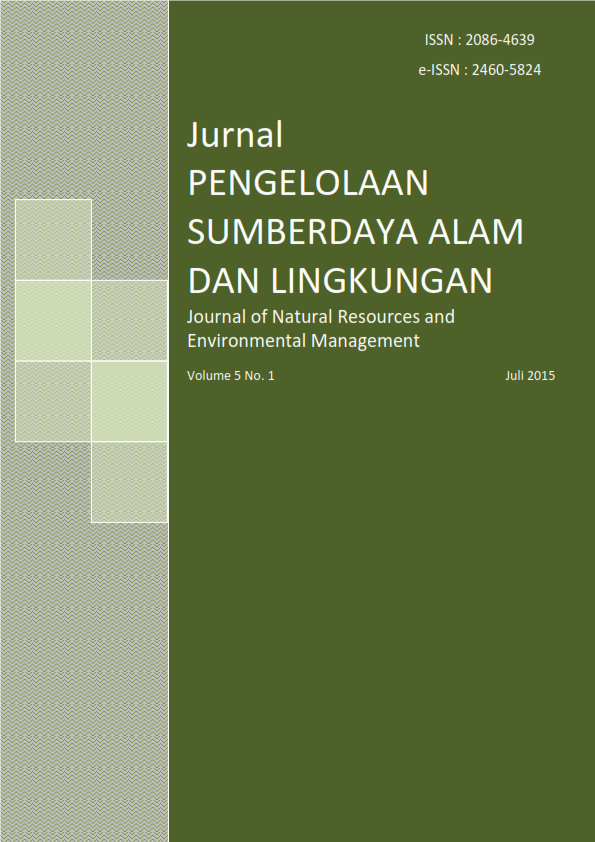DINAMIKA KERUANGAN PESISIR KOTA KUPANG PROVINSI NUSA TENGGARA TIMUR
Abstract
This research aims to 1) analyze the dynamics of land use change in the coastal area of Kupang and 2) study the relationship of land use change, population growth, and incremental of garbage (during 1999-2030), and 3) formulate policy of the development of coastal areas. Analysis of land use change using geographic information system (GIS) and analysis of dynamic systems were applied in this research. The result showed that there has been a significant land use change during periode of 1999 - 2013. Dryland farming/shrub drastically decreased and being converted into residential area of 836.53 ha changes.The land use simulation of 2030 shows that the residential area reached to 3.337.05 ha, more than the existing area as 3,163 .48 ha. The changes has highly related to population growth and garbage volume, therefore it needs strong comprehensive policy including tightening of development permission, development of vertical housing and increasing for garbage storage facility and its transporter.
Keywords: land use change, coastal area of Kupang City, dynamic systems
Authors
Authors who publish with this journal agree to the following terms:
- Authors retain copyright and grant the journal right of first publication with the work simultaneously licensed under a Creative Commons Attribution License that allows others to share the work with an acknowledgement of the work's authorship and initial publication in this journal.
- Authors are able to enter into separate, additional contractual arrangements for the non-exclusive distribution of the journal's published version of the work (e.g., post it to an institutional repository or publish it in a book), with an acknowledgement of its initial publication in this journal.
- Authors are permitted and encouraged to post their work online (e.g., in institutional repositories or on their website) prior to and during the submission process, as it can lead to productive exchanges, as well as earlier and greater citation of published work (See The Effect of Open Access).






